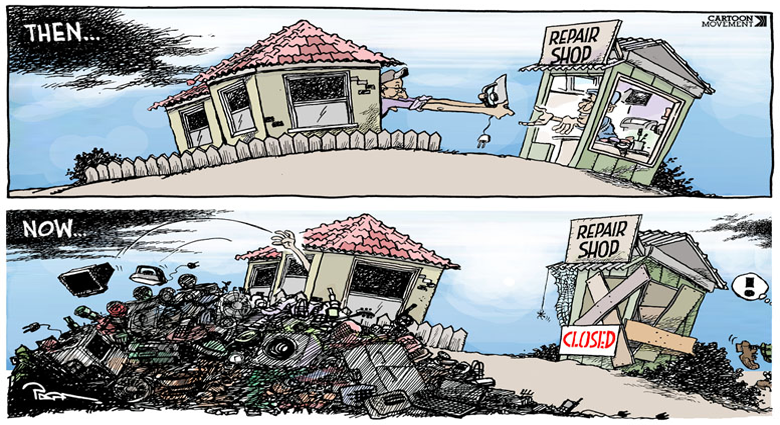As the business landscape in Canada continues to become increasingly competitive, organizations are looking to better understand productivity and how it impacts their bottom line. As Nobel Prize winner Paul Krugman, in his critically-acclaimed book The Age of Diminishing Expectations said, “Productivity isn’t everything, but in the long run, it is almost everything. A country’s ability to improve its standard of living over time depends almost entirely on its ability to raise its output per worker.”
Recent evaluations of productivity levels among G7 countries, conducted by the Organization for Economic Co-Operation and Development (OECD), ranked Canada as the second-least productive country overall. At the present, this puts Canada at 27% below productivity levels in the United States. As the gap continues to widen, it becomes clear that leadership at the highest levels of many organizations are struggling to understand how to improve productivity in their workforce, and even how to properly define and measure it.
This prompted ADP Canada and the Canadian Financial Executives Research Foundation (CFERF) to dive deeper into productivity in an effort to better understand the relationships between organizations’ HR and finance departments when it comes to defining and measuring productivity.
The results showed that nine in 10 of those polled felt that the key performance indicators (KPIs) their companies had put in place to track productivity weren’t supporting their business objectives—a concerning statistic at a time when other ADP research has shown that almost half (49%) of Canadian workers say they aren’t as productive as they could be at their jobs. In fact, almost one in five of those companies polled said that they aren’t using the productivity metrics they’re tracking to inform their decisions.
Metrics such as vacation tracking, payroll numbers and attendance are commonly cited as productivity metrics for many companies. However, while these metrics each provide valuable insights on their own, they do not truly reflect productivity for most organizations. Just because a worker is present, does not necessarily mean they are performing at their full potential.
The secret tools to improving productivity—or at the very least, effectively tracking and understanding it—often lie just down the hall from HR, in the Finance department.
In many cases, Finance and HR are already working together in some capacity. Nearly three-quarters (71%) of those polled by CFERF said Finance is involved in HR functions such as payroll. However, beyond the transactional ties, combining the people-focused knowledge of HR with the analytical capabilities of Finance can be the “special sauce” that allows an organization’s leadership team to better determine what defines productivity in their workplace, and how to develop metrics and KPIs to track and improve it.
Finance departments have more experience extracting value from data by developing and analyzing metrics, and are increasingly becoming more involved in the HR functions of an organization largely through culture, staffing and strategic planning. Coupling their level of data-savvy capability with HR’s ability to understand the people side of the business can and will ultimately lead to better identification, measurement and insights gleaned from productivity metrics. Combining their respective capabilities can result in greater understanding of organizational productivity, informing better decisions from leadership teams and ultimately greater positive impact on the overall business.
There are many benefits to any organization who masters the science and art of effective productivity measurement, regardless of size or structure. Respondents of the CFERF survey indicated that the area they would be interested in applying learnings from productivity data is to appropriately upgrade employee training and skills, however this is just one area that productivity data can be applied. When correctly leveraged, organizations can identify the key areas where their teams could use extra training, and even identify key aspects of their existing training models that should be updated.
Additional areas that can benefit from productivity data include:
• Improved employee engagement
• Improved workflow design
• Expansion or recalibration of staffing
In all, there’s no one-size-fits-all approach to productivity. What defines productivity can change depending on an organization’s size or structure. However, what’s true for nearly every organization at the outset is the need for senior leaders to prioritize and clearly identify what productivity metrics matter to them, and then to determine how best to measure against those items. By combining the expertise of both HR and Finance to identify and quantify the metrics that truly matter, leadership teams are heading in the right direction to finally glean valuable productive insights from their productivity data.





.png)
%20(1).png)


What Did You Think?